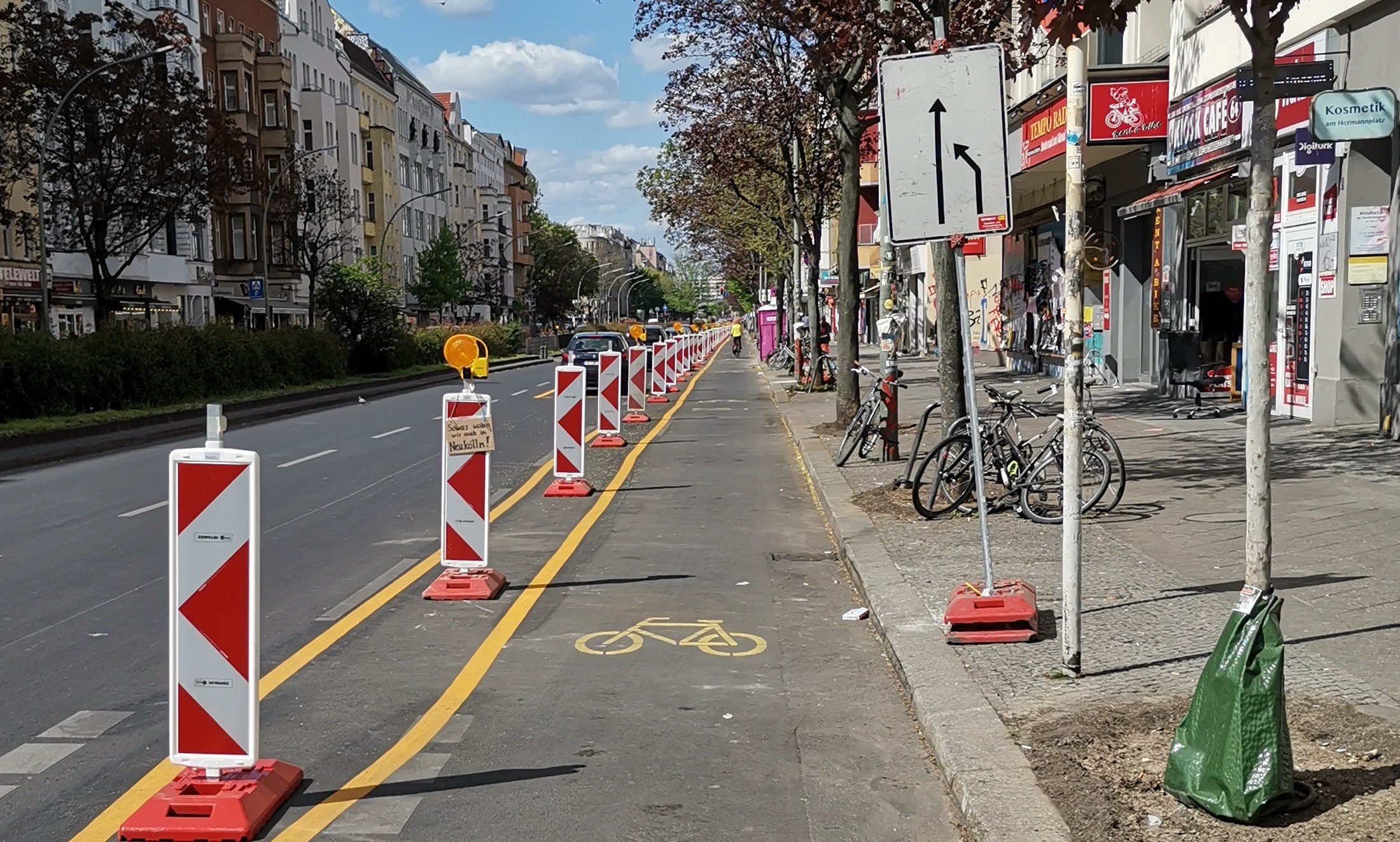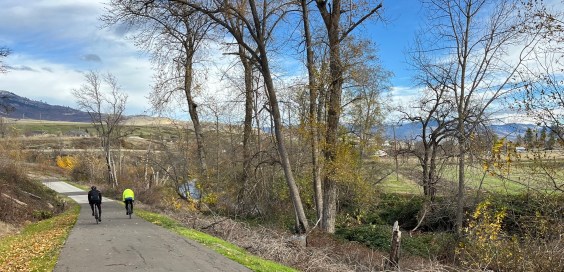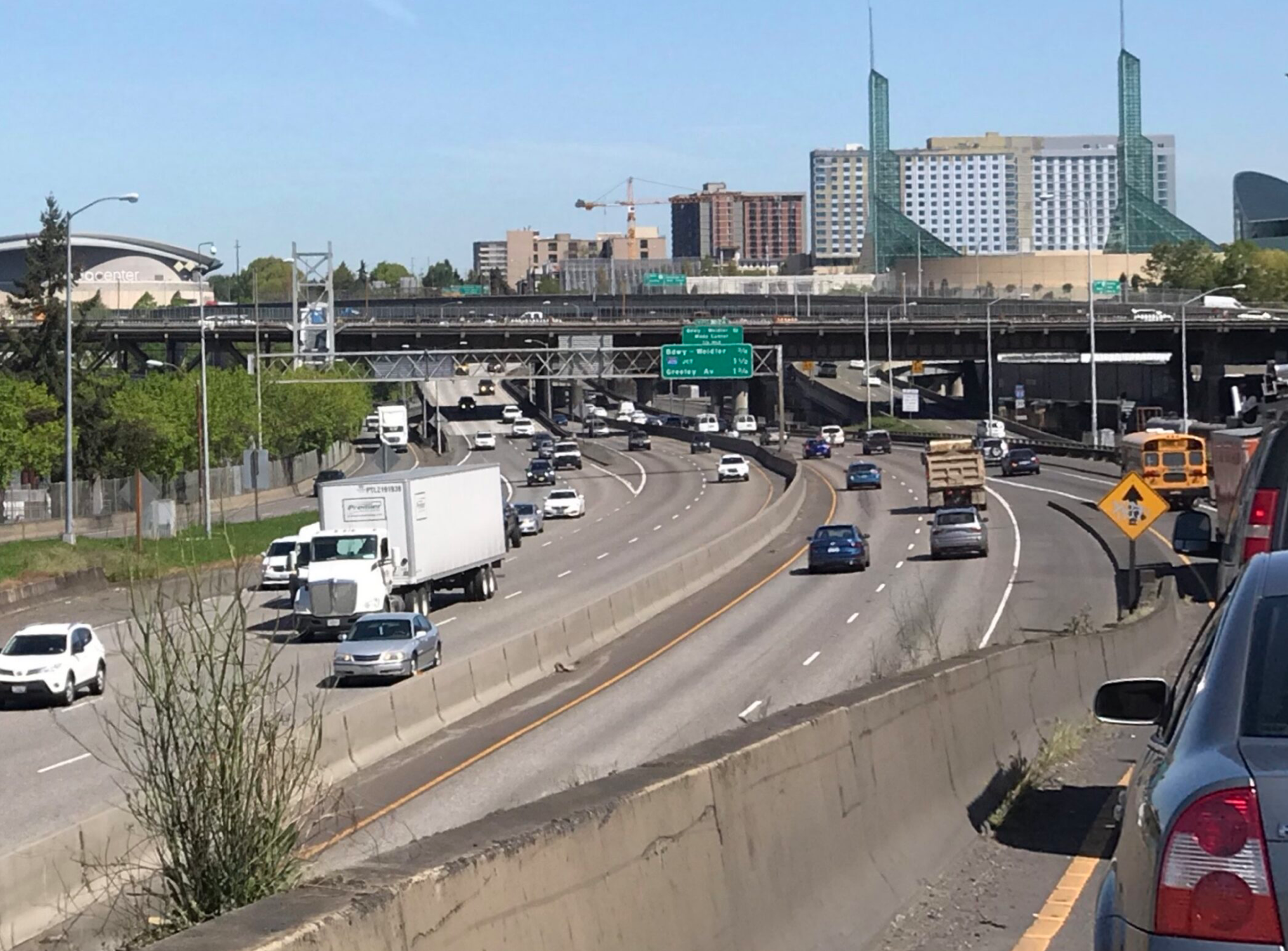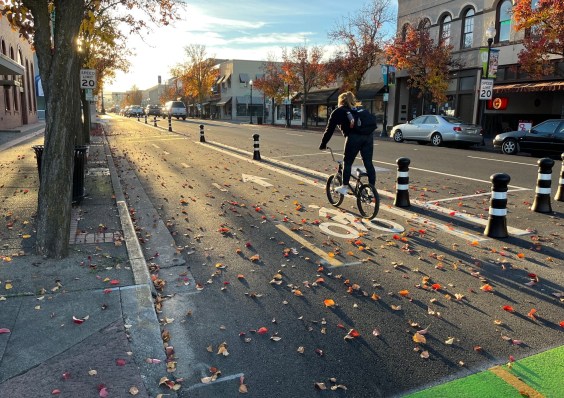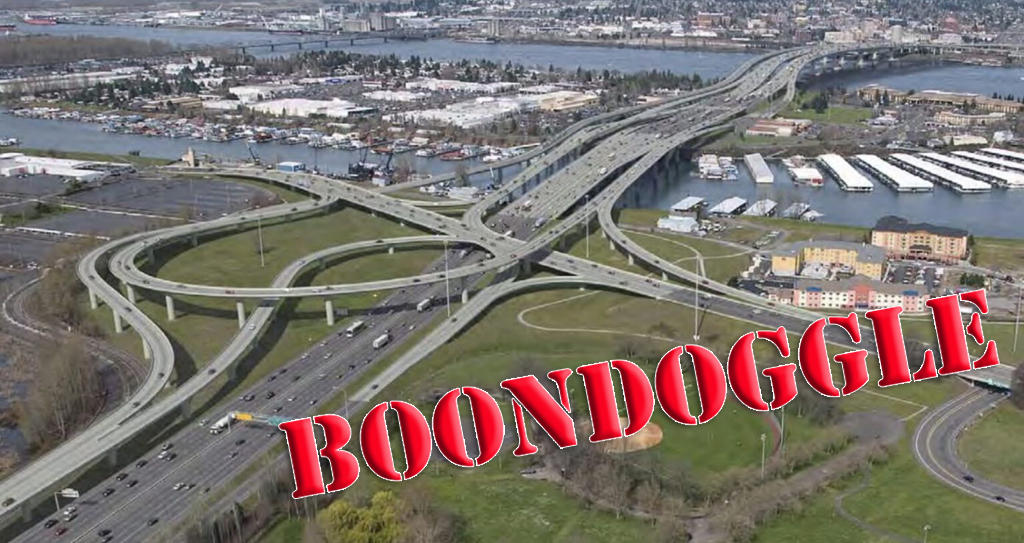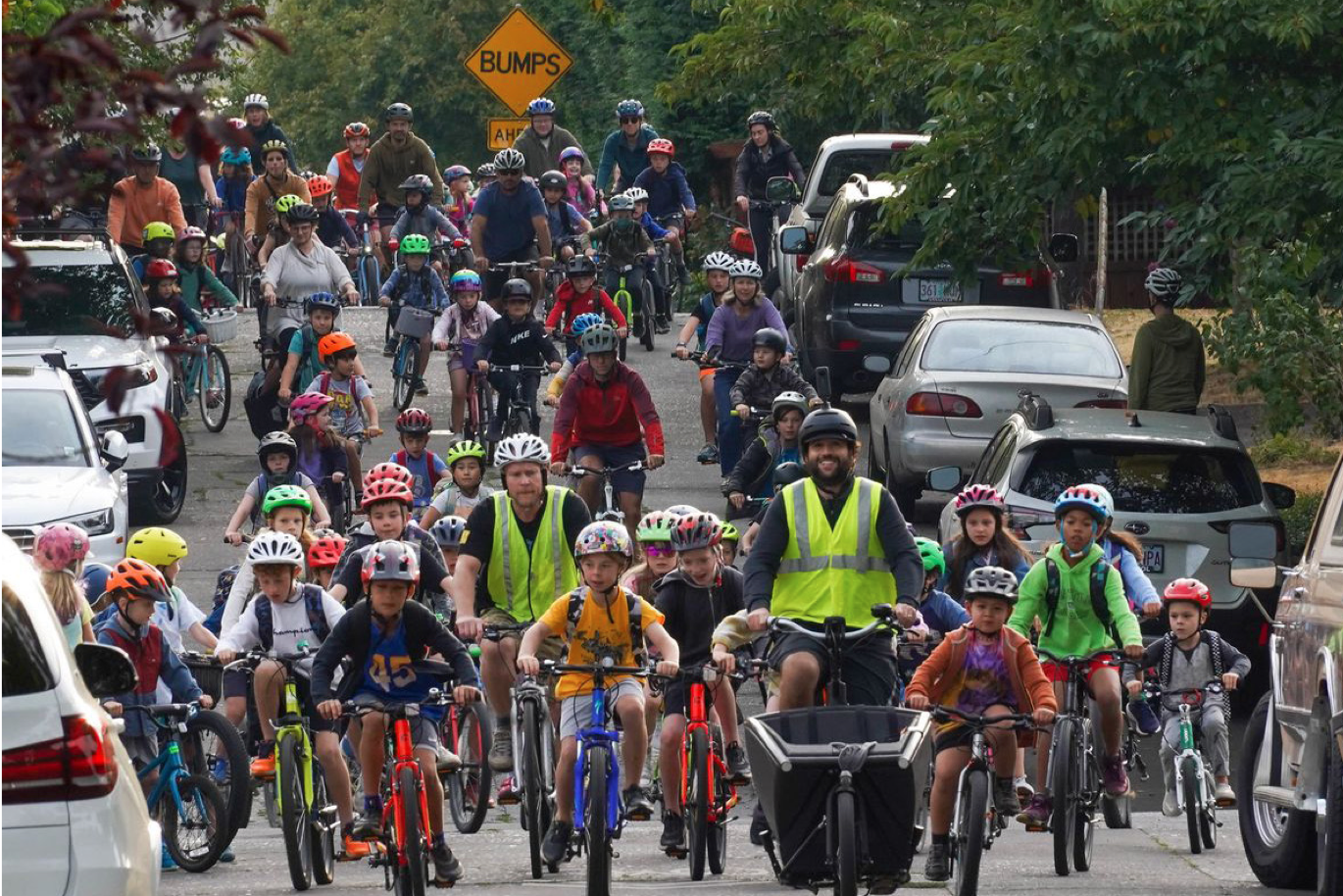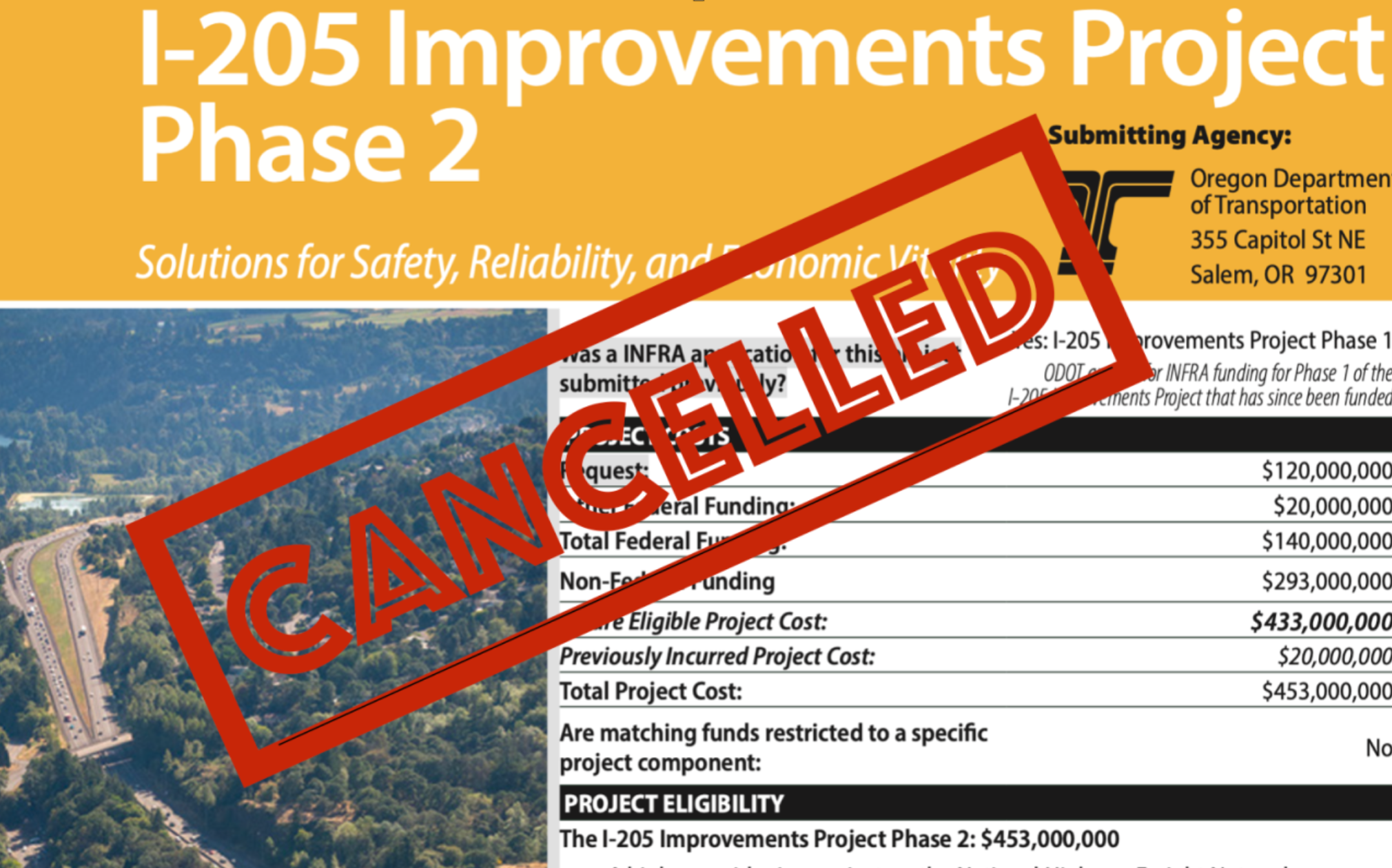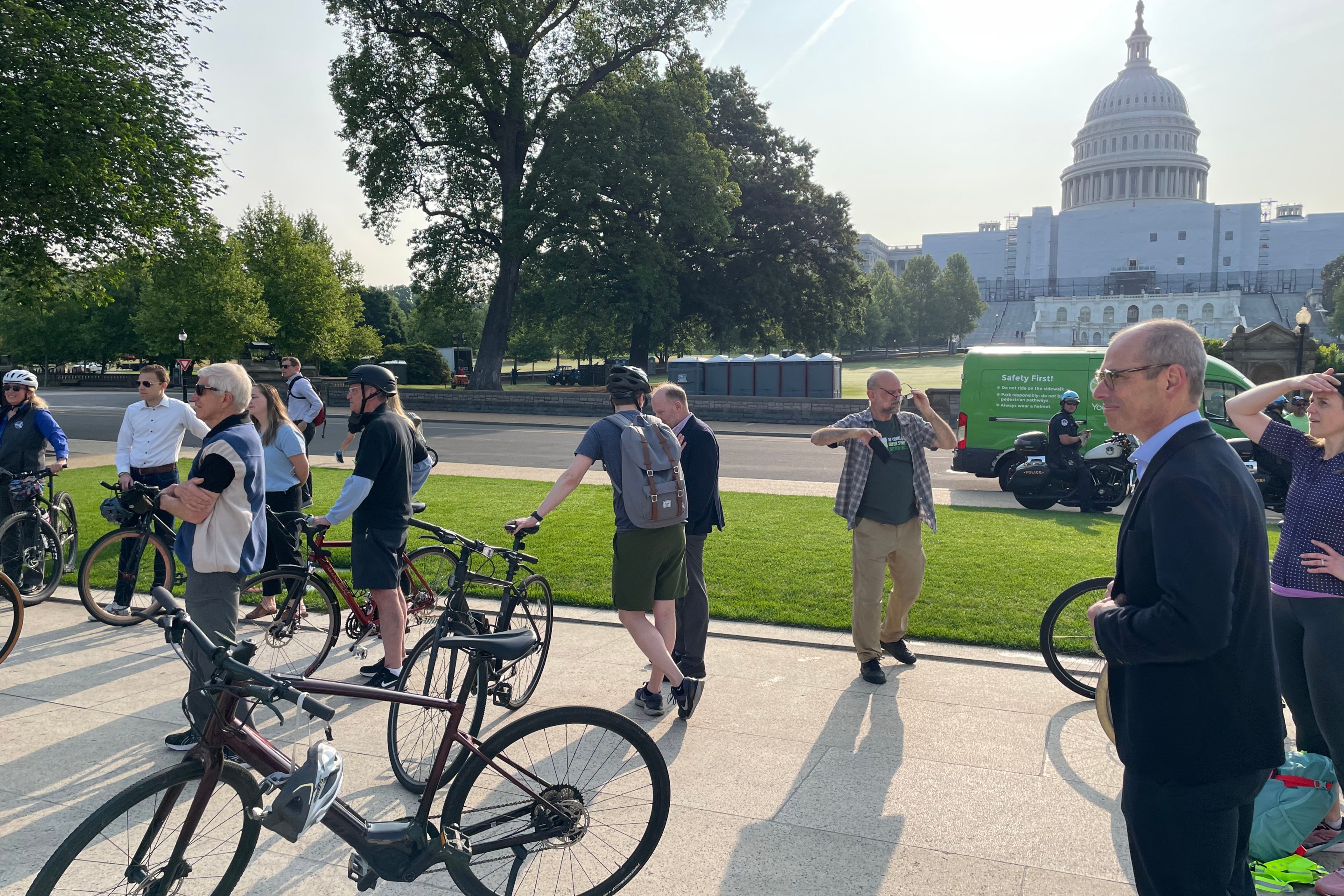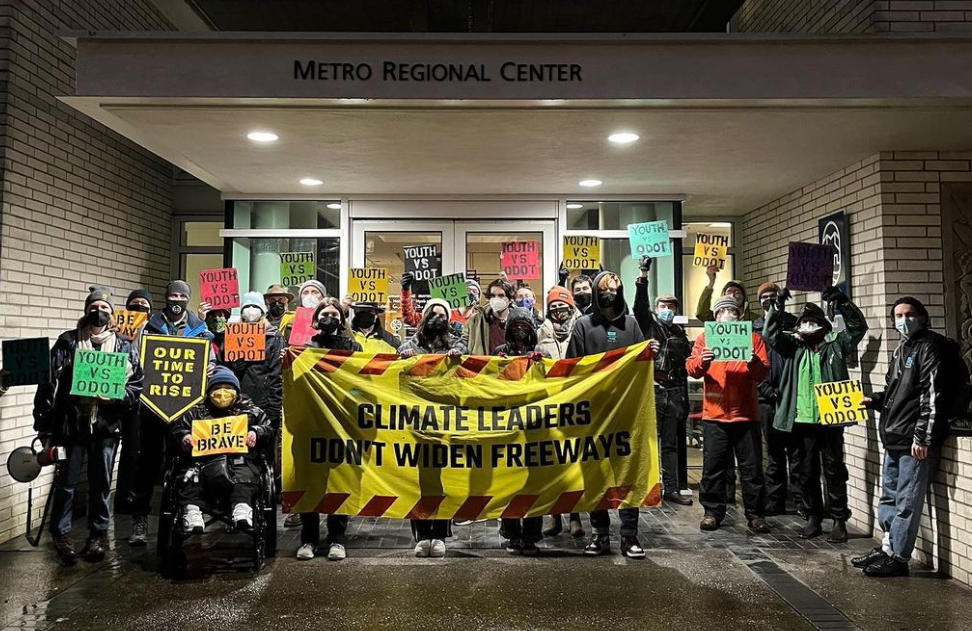Oregon
Popular Cycling Roads and Trails Threatened by Trump’s Public Lands Sell-off
Oregon advocates are concerned about how Trump's controversial policy would impact biking in the state — and beyond.
How to Build a Better Sustainable Transportation Pilot
Pop-up projects and trial runs can build support for new street safety ideas and new alternatives to driving — or they can turn the public against a project before it even gets off the ground. A new study outlined how to avoid the most common pilot pitfalls.
Take a Virtual Bikeway Tour of the Southern Oregon Cities of Ashland and Talent
Start your thanksgiving vacation early with a virtual ride through some of America's best bike paths.
Boondoggle: Oregon Highway Widening Gets ‘Reconnecting Communities’ Cash
The US Department of Transportation just awarded $450 million to the $1.9-billion Rose Quarter 1-5 project, which opponents have long called one of America’s most-notorious highway boondoggles.
Bikeway Lessons From Medford, Oregon
Streetsblog L.A. Editor Joe Linton shares worthwhile bike, bus, and walk features spotted during a recent trip to Medford, Oregon
Highway Boondoggles 2023: This Bridge is a Bridge Too Far
Presented by local transportation authorities as a simple bridge replacement, an expensive, oversized highway expansion threatens to worsen congestion in Vancouver and Portland
Advocates Unite to Start a Worldwide Bike Bus Revolution
Bike buses have taken the internet by storm. Now, a new organization is working to launch them all over the world.
This is What Victory Looks like, Freeway Fighters
In the end, a lot of bad freeway projects die not with a bang, but a whimper. But we still need to celebrate the win.

